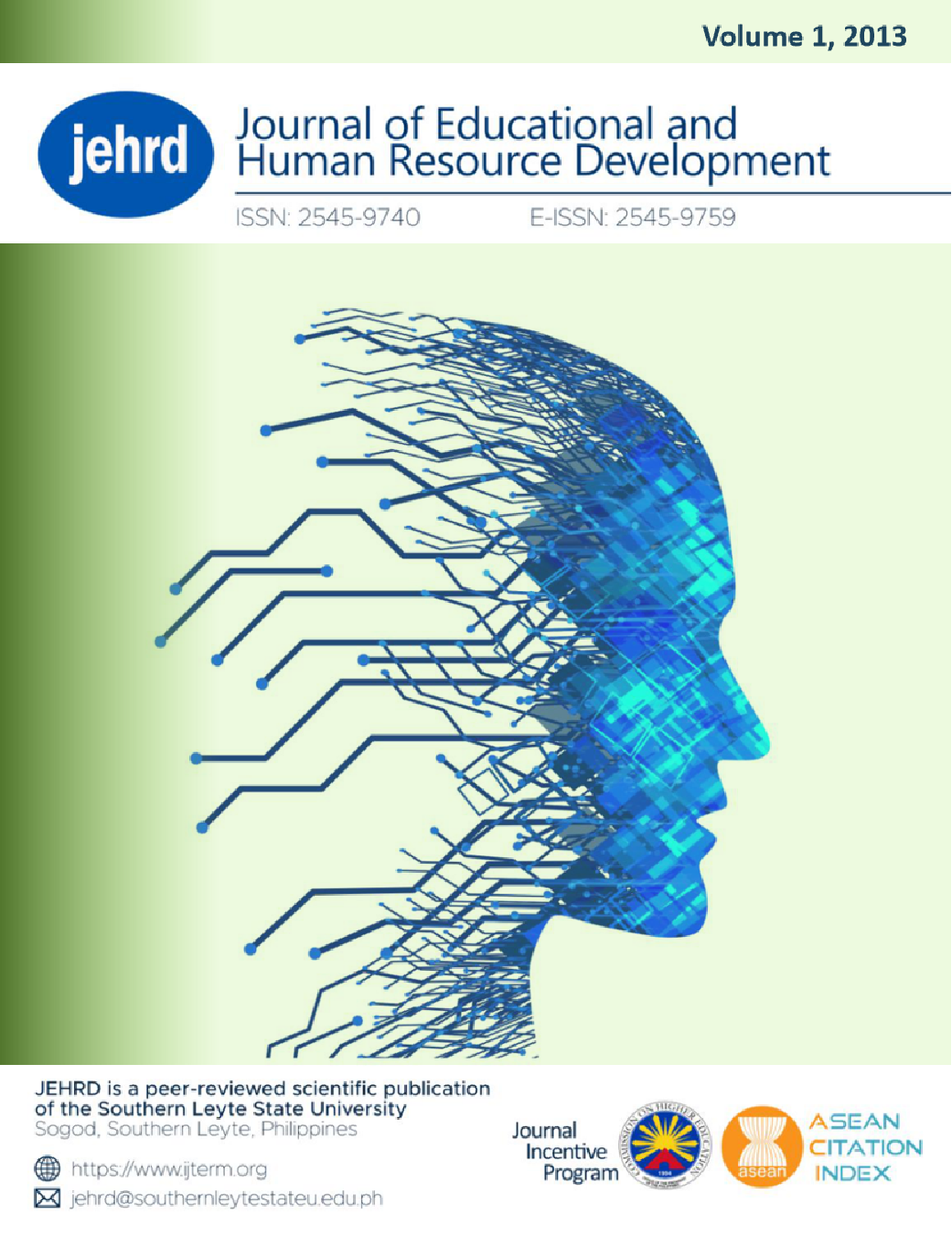ASSESSING THE FACULTY PERFORMANCE EVALUATION INSTRUMENT OF HIGHER EDUCATION
DOI:
https://doi.org/10.61569/xzpmjx18Keywords:
performance evaluation, utility, feasibility, propriety, accuracyAbstract
Academic institutions need to examine regularly the performance of their faculty not only to make certain that students are getting the most excellent learning but also to meet the quality of education the school desires. Relative to the success of the evaluation process is the evaluation tool itself. This study aimed to find out the commonalities and differences of the evaluation tools of SUCs in Leyte provinces in Region 8, assess the evaluation tools against the Stufflebeam standard and the extent of faculty’s support to the items of the different tools. The study utilized the focus group discussion, interviews and site visits to support the quantitative findings. The results led to a conclusion that the performance evaluation tools have commonalities and differences unique to their respective institutional goals. Despite those differences, their evaluation tools passed the criteria of Stufflebeam. Based on that theory, majority of the SUCs in Leyte provinces fall short on the involvement of the faculty in the formulation of the tool, thereby causing problems.
Downloads
Published
Issue
Section
License

This work is licensed under a Creative Commons Attribution 4.0 International License.
This is an open access article distributed in accordance with the Creative Commons Attribution 4.0 Unported (CC BY 4.0) license, which permits others to copy, redistribute, remix, transform and build upon this work for any purpose, provided the original work is properly cited, a link to the license is given, and indication of whether changes were made. See: Creative Commons Attributions 4.0 International License.








